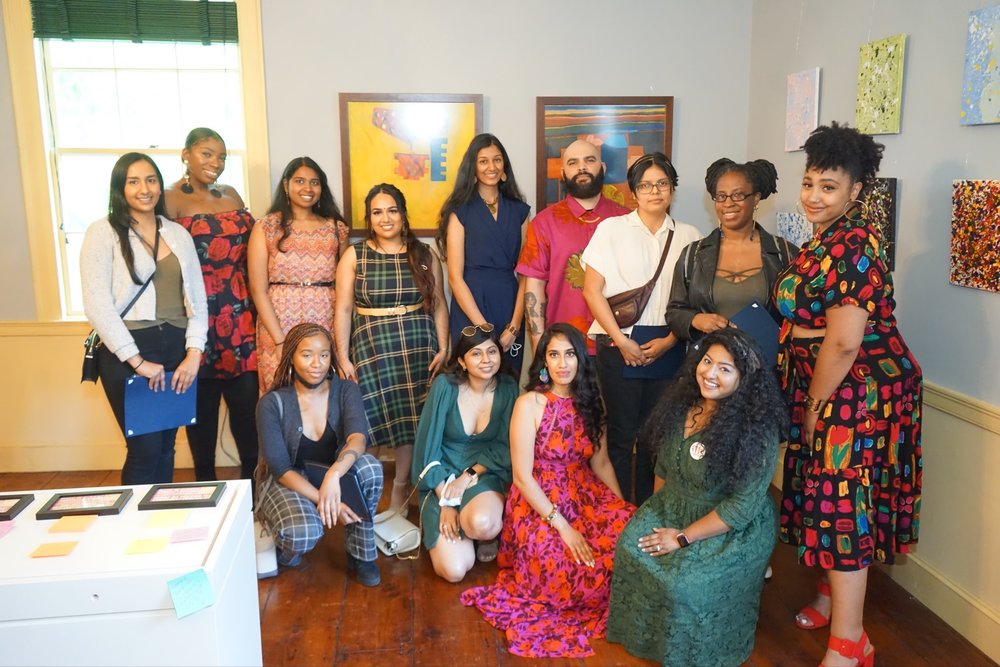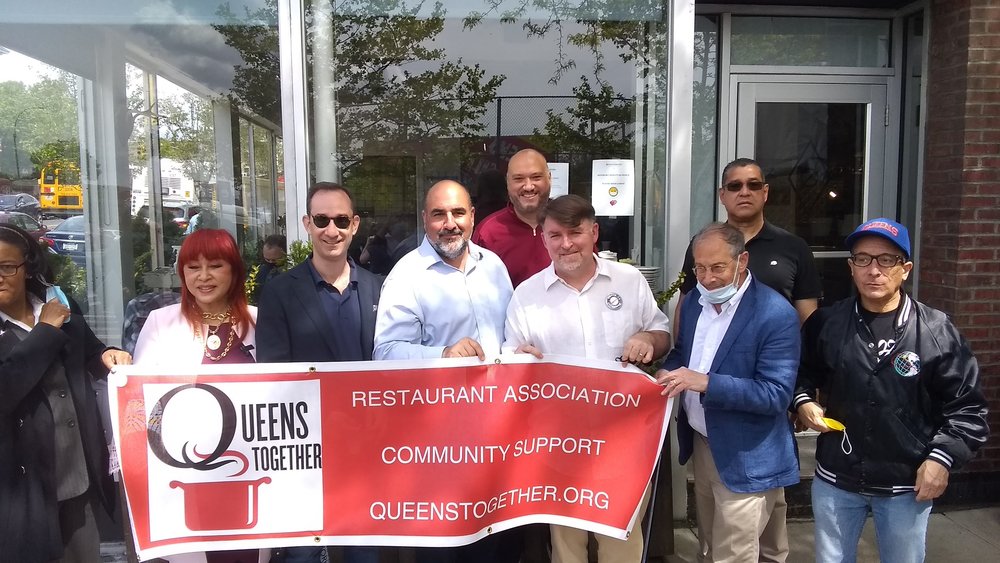New exhibit features work of BIPOC artists
South Queens Women’s March (SQWM) held the opening night of its inaugural art exhibition “Made in Queens” last Saturday.
The exhibit is on view at King Manor Museum at 150-03 Jamaica Avenue inside Rufus King Park in Jamaica.
“We exist to connect women, girls and gender-fluid people with the tools they need to thrive,” said Aminta Kilawan-Narine, founder and director of SQWM. “This includes access to the arts.”
“Made in Queens” is SQWM’s attempt decolonize the art world. The exhibit highlights local BIPOC artists, one of the least represented groups in the art world.
“We’ve made it a point to use art as a catalyst for social and political change, and as part of healing in our work to curb gender-based violence,” added Kilawan-Narine. “What you will see in King Manor Museum is emblematic of our voice being our power. These pieces literally live out loud.”
The exhibit will feature works by Veli V, Kerry Cox, Amy Simon, Seema Shakti, Amelia Inderjeit, Farhana Akther, Movina Seepersaud, Kim David, Juliet James, Angela Miskis, Maria Liebana, Shristi Sookram, Sherese Francis and Giancarlo Vargas.
It is curated by SQWM board member Fatima Shabbir.
“Art has the ability to heal, provoke, tell stories and build communities,” said Shabbir. Through the selection and design process, I was constantly thinking about art accessibility and community representation. This is an exhibit I wanted to see growing up in Queens and one I‘ve always wanted to participate in.”
The opening night was sponsored by The Nest Restaurant and Bar, Mr. Wonton Queens, High Profile Sounds and Events, and Renee K Productions.
Artists were presented with citations from Mayor Bill de Blasio in recognition of their contributions to New York City’s cultural and arts landscape.
Made in Queens will be open to the public from May 16 through September 15 at the former home of Rufus King, a framer and signer of the United States Constitution.
“Once Rufus and Mary King’s bedroom, this room had been a cluttered storage space for decades and we look forward to welcoming more artists and other community members into the space,” said museum executive director Kelsey Brow. “The contrast of contemporary art with the nearly 250-year-old architecture brings such vibrancy to the museum and fits perfectly with our vision of using lessons from the past to shine a light on contemporary issues.”
To view the exhibit, members of the public must book a reservation at kingmanor.org.







